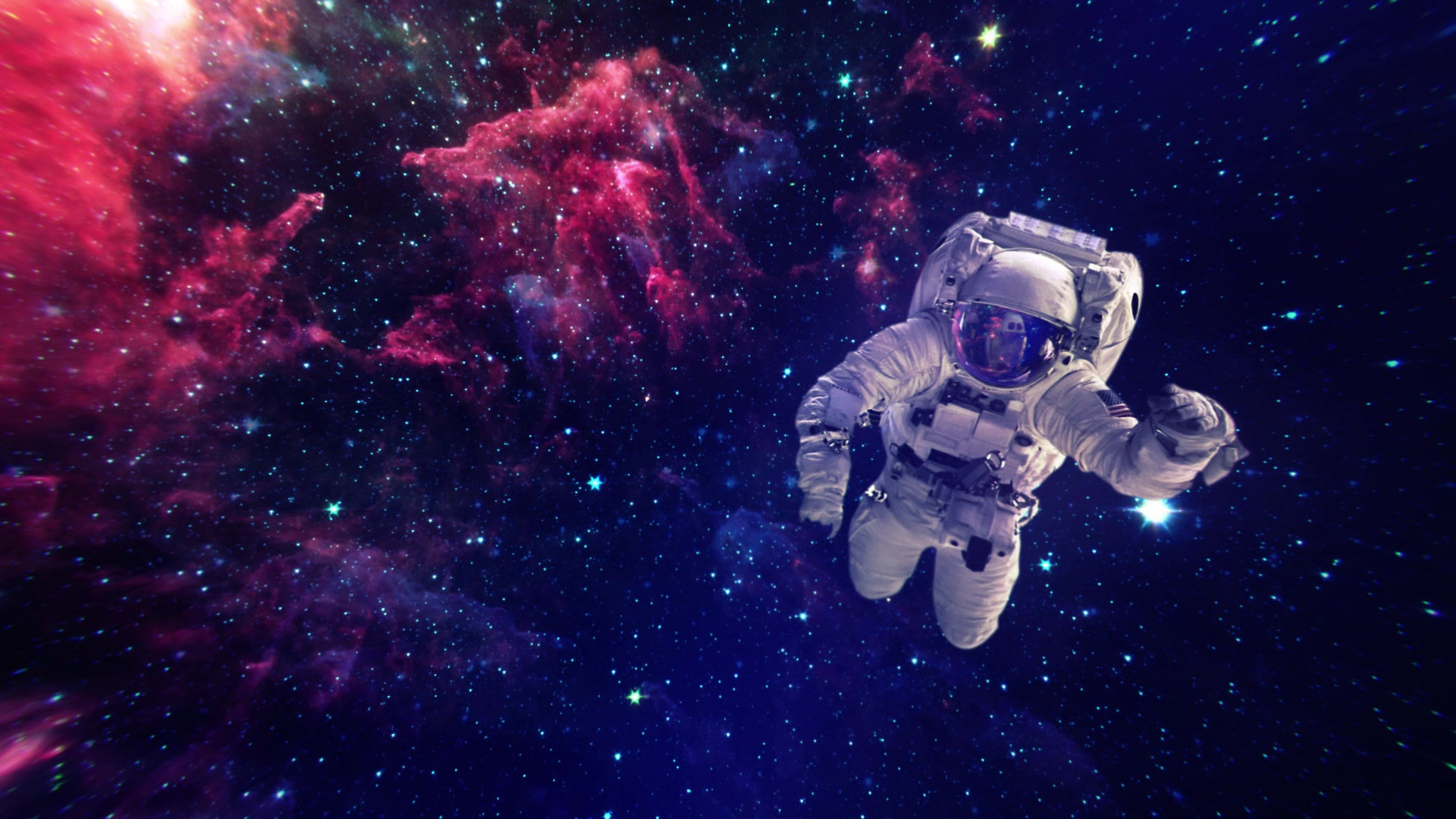
Stellar Fusion
Stars release tremendous amounts of energy every second. An area on the earth, of approximately 1m2, exposed to the rays from our sun, experiences about 1.4KJ of energy every second, but remembers that’s just 1m2. If we add up all of the energy radiated by the sun over a period of one second this value increases to 4x1026J! That’s enormous, where does all that energy originate from?
A star’s secret is nuclear fusion. The process of binding smaller atoms, say hydrogen, into a large atom, helium. These reactions release a lot of energy, and a lot of those reactions happen every second.

**Warning approaching high level material, beware!**
For a star to sustain fusion over a long period of time a high density of gaseous particles, at exceptionally high temperature, is required. These conditions aren’t actually present inside the cores of a star. If we take the proton – proton chain, fusing hydrogen into helium, as an example we can see that the core of the stars provide approximately 1KeV of kinetic energy to the particles, whereas they actually need 1MeV to overcome the repulsive forces acting between two hydrogen nuclei.
To overcome this barrier particles utilise the tunnelling effect, however this also is a rare and difficult task. Even though the chance of tunnelling is exceptionally low, the high density a star’s core ensures that fusion is maintained.
For example, let’s say the probability a hydrogen nuclei will tunnel through the barrier is 0.004%. We’ll then take a small slice of the sun’s core, which contains exactly 1 million nuclei. That means, inside that slice alone, 4,000 nuclei will undergo fusion in that moment.
